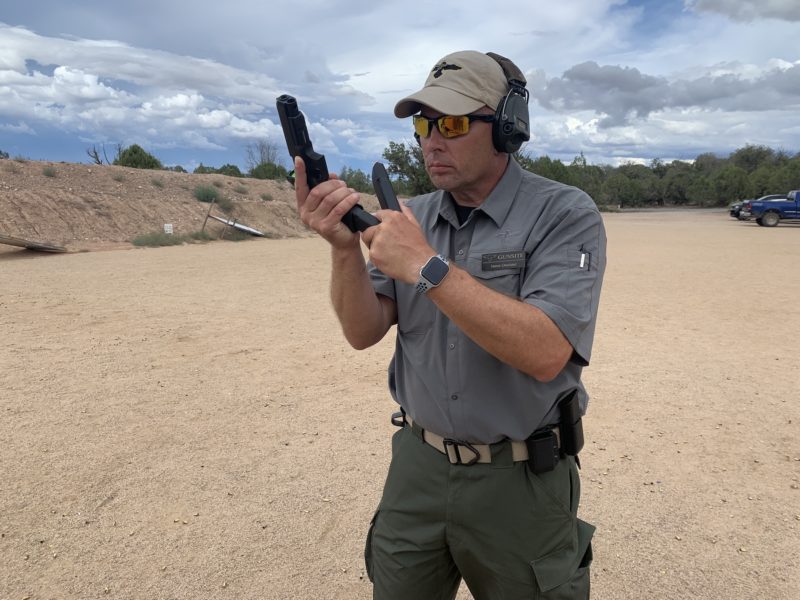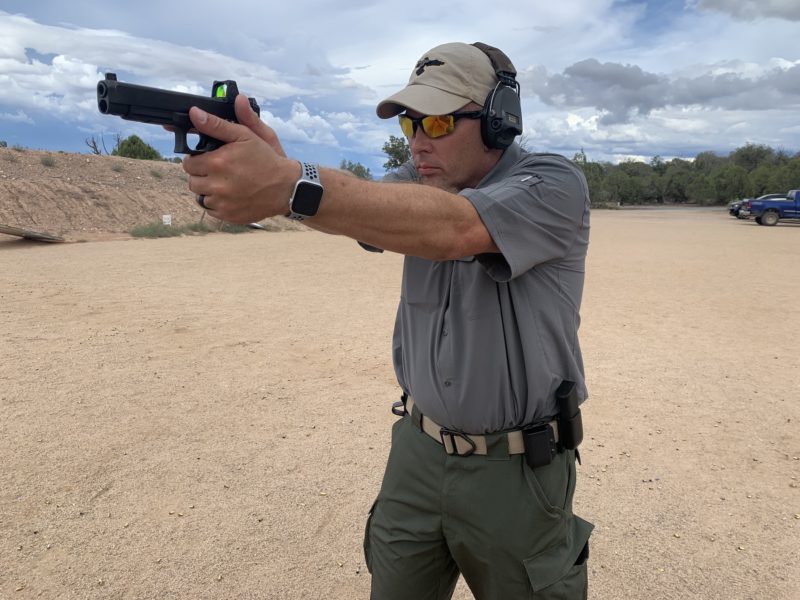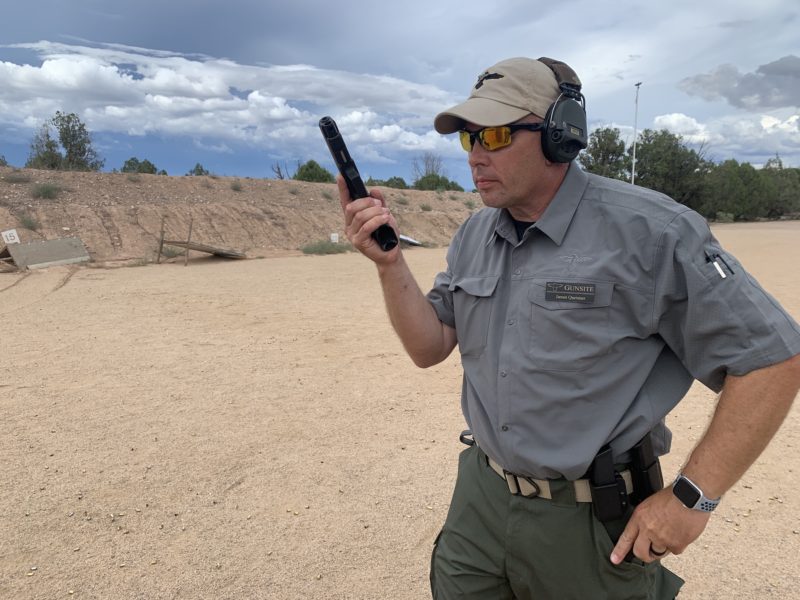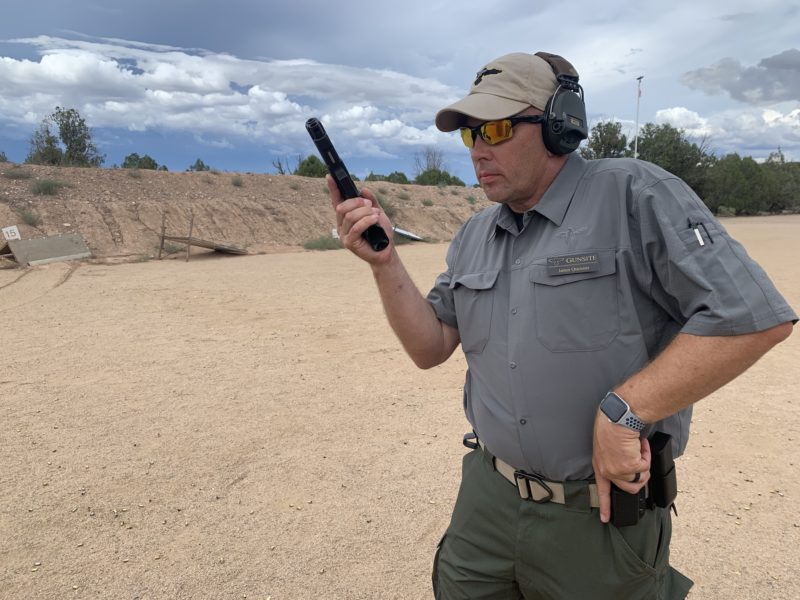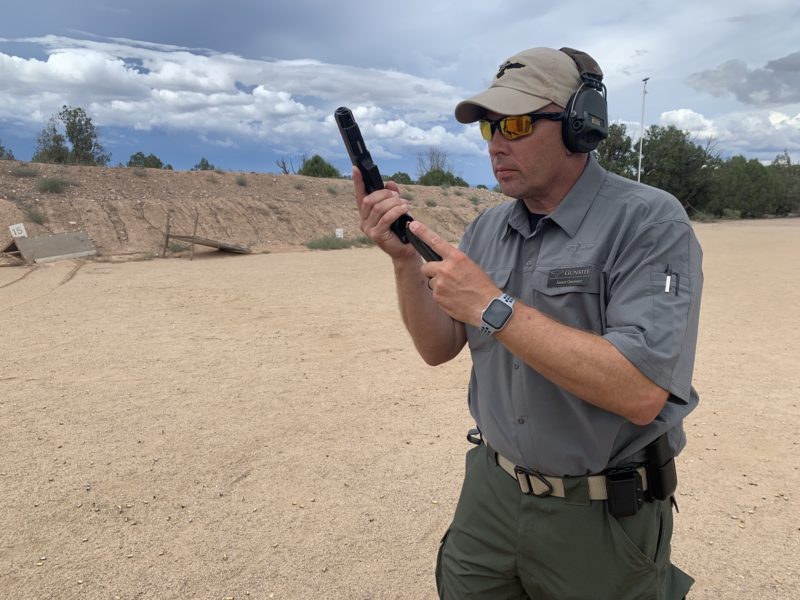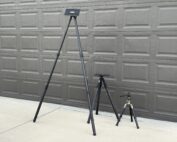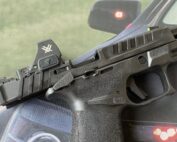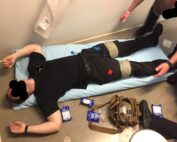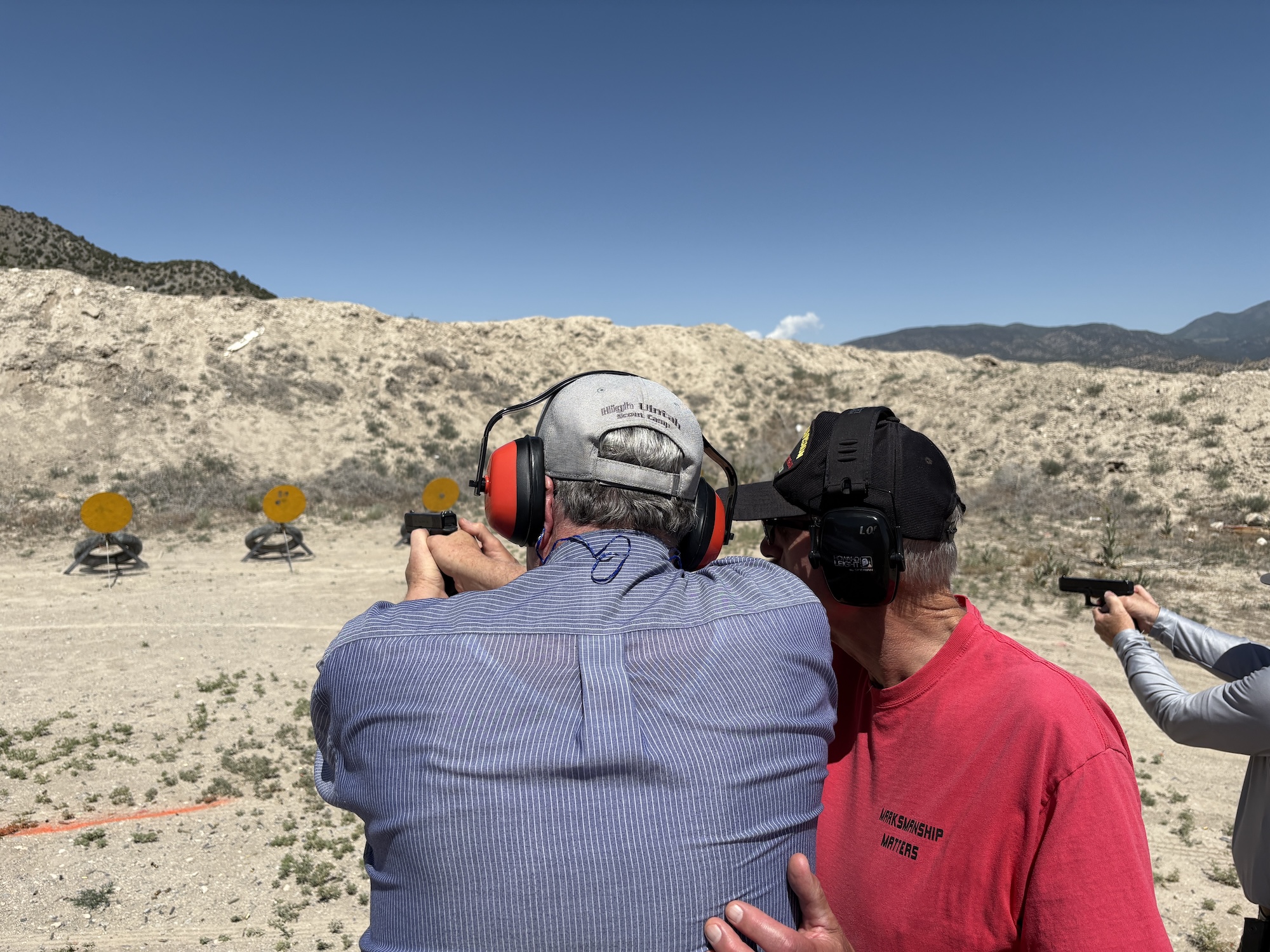
tac_feature
This third article will cover the mechanics of a tactical reload in both forms. The desired end state is a pistol, carbine, or sub-gun with a round in the chamber, a full magazine in the gun, and whatever rounds were left in the magazine retained in your gear.
One issue with pistol manipulations that sees little discussion is how we got there. There were very few platforms when practical pistol craft was in its infancy. Remember, the Leatherslap Matches were in the 1960s. Predominant among semi-auto pistols was the 1911A1. As a result, several manipulations were built around it, its mechanics, and its limitations.
With, at first, only eight rounds in the pistol, later nine with newer after-market magazines, swapping magazines to bring the gun back to full capacity made a lot of sense. Consider that with eight or even nine rounds, one only had a couple of engagements (3-4 rounds each) before it was dry.
Along those lines, consider the difference in how you clear a failure to extract from a steel frame pistol and a polymer frame gun.
While few still carry single-stack .45ACP pistols, how many are going about their lives with concealed single-stack 9mm handguns?
One other thing before we hit the mechanics, and that is terminology. I use Jeff Cooper’s wording because it is long-standing and understood by most. Speed Reload, Tactical Reload. But I see them as an umbrella covering more than one method. Think of it as a principle. If you want to argue the words, feel free to do so after you’ve read the article.
Also, if you are unsure which reload method to use, just speed reload the gun.

Gunsite instructor – and Colorado police officer -James Queisner demonstrates both types of tactical reloads.
Traditional
The traditional method works well for most, regardless of hand and magazine sizes.
When you have decided to do it, your support hand locates and acquires the full magazine. Bring the pistol back towards your torso.
Bring the mag up to the pistol, and move your index finger to the thumb side.
Depress the mag release with your shooting hand thumb or index finger, and pull the mag out of the frame with the support hand thumb and index finger. Then shift the support hand over, insert & seat the full magazine, pushing it in until it seats
Now, what to do with the magazine? For now, just put it away. I’ll come back to it.
Reload With Retention
Small hands, larger magazines, wearing gloves, and more can all interfere with the traditional tac reload.
Once you have decided to do this, remove the partial magazine from the pistol’s frame.
Then, secure it on your person.
Next, grab a full magazine and insert it into the gun as you would any other time.
What to do with the partial magazine?
Traditionally, it went into a pocket or the waistband so that you didn’t risk confusing it with a full magazine. If you are carrying multiple spare magazines, that makes sense. However, how many people – outside of uniformed police and military – regularly have more than one extra magazine? If you only carry a single spare magazine, why not just put the partial magazine in that pouch?
Also, train to retrieve those partial magazines from wherever you’ve stashed them and reload your handgun.
Validity?
Is there validity in practicing and performing a tac reload, regardless of how? I’ll argue that yes, there is. Dean Caputo (retired California police sergeant, retired Gunsite Rangemaster, and current Colt armorer instructor) performed it in an off-duty shooting. When the suspects returned and resumed shooting, Dean re-engaged them with a fully loaded pistol.
I know many cops and service members who did a tac reload after shooting without the need to re-engage. While I was not involved in the number of events others I know were, the only thing I ever had to speed reload was a belt-fed machinegun.
Yes, either version of a tac reload takes time. The more you’ve practiced it, the less time it will take. I would not advocate for doing either version in the open, without physical cover, and without someone covering me – if you find yourself there, just do a speed reload. If I have physical cover, if no one is shooting at or moving on me, if someone else has a functioning gun, I can have and will do a tactical reload.
Consider several recent natural disasters in the country – major flooding, wildland fires, earthquakes, and more – in which re-supply of equipment, such as pistol magazines, may not happen anytime soon.
Aside from retaining that magazine and the additional ammunition, there is another reason for a tac reload – I have seen a prosecuting attorney reference an officer’s performance of it as another example of them following their training and performing appropriately when evaluating an officer-involved shooting.
Regardless of how and when you retain the magazine, you’re doing a tactical reload when you want to have a full magazine in the gun while retaining the old magazine and ammunition.
Now, go train, get the why, and then practice.


 (No Ratings Yet)
(No Ratings Yet)

